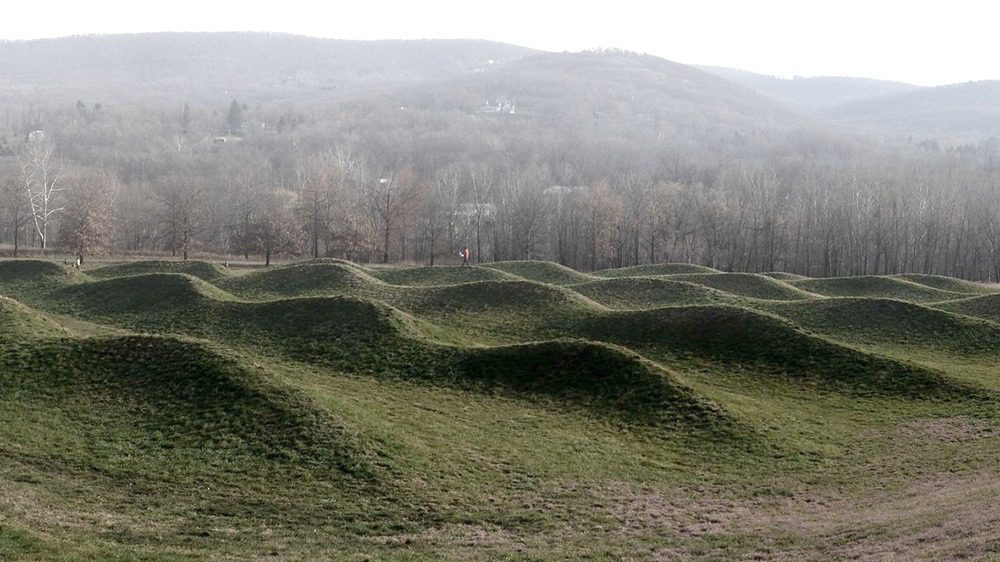Sustainable art is the practice of creating artwork that takes into account its effects on the environment, either via the process of making the artwork or through the conceptual statement it conveys. It uses a variety of artistic mediums, such as video, installation, sculpture, painting, and performance art, to encourage sustainability and bring attention to environmental challenges.
By utilizing recycled, repurposed, or biodegradable materials, some eco-conscious artists look for ways to reduce their impact on the environment. Also, they may employ non-toxic and low-energy production techniques, such as using salvaged wood, metal scraps, or found objects in their sculptures or natural dyes and inks in their paintings. The term ‘eco-art’ (short for ecological art) refers to this kind of approach.
Ned Kahn designs kinetic installations that produce dynamic, engaging environments through the use of water, wind, and light. He frequently uses environmentally friendly technology in his work to advance renewable energy, such as solar and wind.
Certain eco-artists like Maya Lin are distinguished by their cross-disciplinary and collaborative artistic style. In order to address issues like climate change, biodiversity loss, pollution, waste reduction, and sustainable development, they try to include audiences in participatory and interactive methods.
Many other eco-artists are also activists. For instance, Ai Weiwei makes pieces that promote social justice and environmental reasons. He has produced sculptures, installations, and photographs that explore climate change in addition to the refugee crisis and human rights abuses. His iron-tree installation in Porto, in 2021, made headlines in the art news. The artwork aimed to raise awareness to the devastating consequences of deforestation.
To spread awareness of environmental concerns and climate change, other artists such as Olafur Eliasson employ conceptual methods. Olafur Eliasson’s Ice Watch series, which entailed bringing Greenland icebergs to a public art installation and allowing them to melt and vanish over time, is a visual expression of the urgency.
A sustainable art form called “earth art” uses the environment’s natural resources—such as dirt, rocks, wood, and water—to make massive sculptures. By incorporating their creations into the surrounding environment, earth artists subvert the conventional idea that art is something apart from nature.
Among the most well-known earth artists are Robert Smithson and Nancy Holt, with Smithson’s Spiral Jetty serving as an iconic example. Heavy machinery was used to produce the 1,500-foot-long coil of black basalt rocks, which is visible from the air and from the surrounding area.
Using physically engaging artwork, Nancy Holt investigated the relationships between people, the natural world, and technology. Four sizable concrete tubes are constructed in a cross configuration in her most well-known piece, Sun Tunnels. Each tube is pierced with holes that produce shadows and light, and each one faces a different point on the horizon. On the solstices, the tunnels align with the sunrise and sunset.
Ultimately, sustainable art has the potential to significantly contribute to the promotion of a more ecologically conscious and sustainable society. Artists may contribute to the creation of a future that is both appealing and sustainable by encouraging creativity, innovation, and action.

































